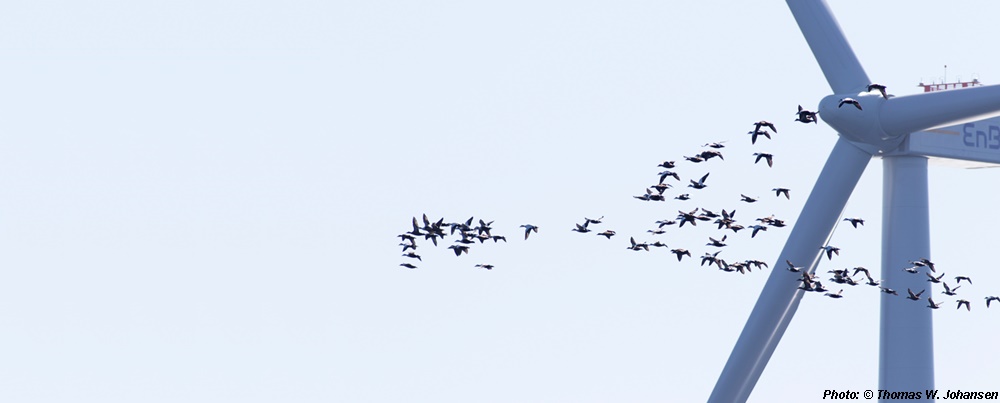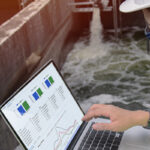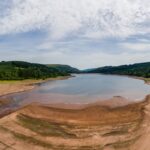We see an intense focus these years on ‘digital transformations’, not just within businesses, but also in a more general societal context.
What do we mean by ‘digital transformation’? Digital transformation is about utilising new emerging technologies to develop innovative solutions to do things in a better, smarter and more efficient way.
The combination of key technology trends – such as big data, the Internet of things, cloud computing, artificial intelligence and machine learning – presents us with very interesting opportunities to develop digital solutions. These technology trends have already, and can further influence the way we manage water systems.
How can we transform data into operational decisions?
More and more data are becoming available for water systems, but according to Global Water Intelligence, only 5-10% of data collected in a typical utility are utilised for actionable information. Imagine the magnitude of improvement your water system could experience if the rest of the valuable data are properly used in supporting operational decisions.
We have developed a framework for transforming data into decisions inspired by Gartner’s four-step Analytic Ascendancy Model. We use this framework to describe the gradual evolution of an operational water management system, adding further value in each step. A brief explanation of the four-step framework is outlined below.

The four-step approach applied in a water management context. © DHI
Step 1: Describe
‘What is happening?’
This is a basic descriptive step where we identify what is happening now – through data collection, storing and visualisation, as well as analytics to illustrate or quantify significant observations. An important added value at this stage is the use of a digital twin that models the water system and is combined with system observations in order to get a more complete picture.
Take for instance this example:
We are monitoring in real-time an urban storm and wastewater system where we get data from available sensors, as well as from other data sources such as satellites and crowdsourcing, and simulated data from a model of the system. All these data are combined and supplemented with different analytics to give an overview of the state of the system and severity of hydraulic loads, for example.
Step 2: Diagnose
‘Why does it happen?’
Next, we want to explain why it is happening. To arrive at a diagnosis, we carry out anomaly detection, where we identify unusual events or observations which do not conform to an expected pattern. At this stage we make use of available data and the digital twin.
In our example, we apply anomaly detection in the real-time storm and wastewater management system to identify, for instance, sensor failures and system faults (such as malfunction of controllable devices), unaccounted water from leakage and infiltration, and extreme loads.
Step 3: Predict
‘What will happen?’
We are also interested in predicting what will happen within the next minutes, hours or days. This is where we introduce digital twins as predictive models in order to forecast how the water system will evolve in the future based on weather forecasts and forecasts of other loads on the system.
In our example, we use models to forecast the load of the storm and wastewater system, such as inflow forecasts to wastewater treatment plants. During heavy rainstorm, forecasts of combined sewer overflow and flooding are essential for issuing warnings and taking precautionary actions.
Step 4: Prescribe
‘How can we make it happen or prevent it from happening if we do this or that?’
The last step in the framework is about taking action to optimise the operation of the water system in order to maximise benefits and minimise negative impacts. For this, we use the predictive models to forecast the impact of the system caused by different actions, and optimise the actions using model predictive control. The ultimate goal at this stage is an automated system-wide real-time optimisation of all controllable devices in the water system. The output from this stage can also be passed to a decision support system where the operational decision is made.
In our example, during heavy rainstorm, we apply model predictive control to optimise the use of retention basins by controlling gates and pumps in the storm- and wastewater system. With this, we can minimise combined sewer overflows and flooding and direct water to locations with the least negative impacts.
To learn more
Watch the video of Henrik Madsen’s keynote lecture on Digital Transformation of Water Systems at the International Conference on Urban Drainage (ICUD).








